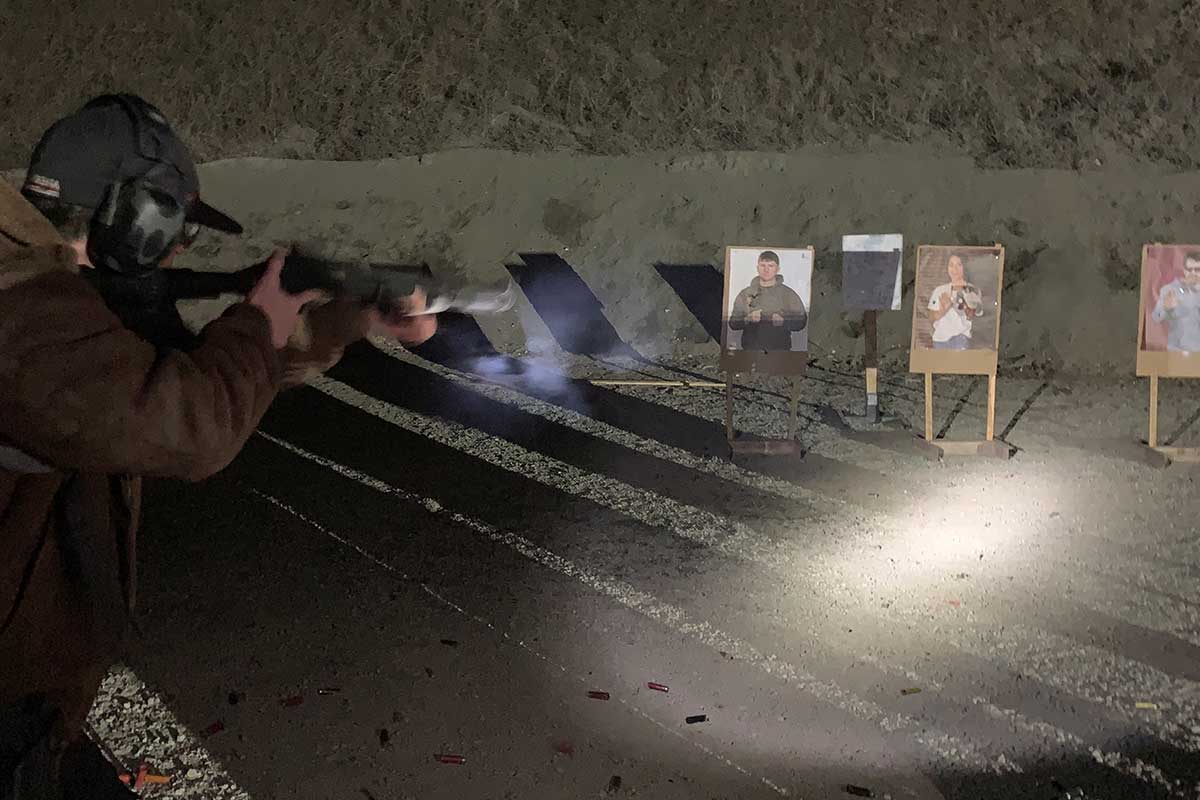
Rule #4 reads, “Be Sure of your target and what’s beyond it.” That’s easy on a square range with a two-dimensional target in front of a tall earthen berm. Too easy. Maybe you are moving. Far more often, the target is not moving; it is just static. And there is generally a lack of No Shoots downrange behind the targets we are shooting. As a result, there is not much opportunity to practice Rule #4 and the downrange problem.
If your instructor adds in “… and what is between you and the target as well as around it” that makes the downrange problem even more difficult.
How big of an issue is this downrange problem? How concerned do we, as armed professionals and armed citizens, need to be about this?
As groups, armed professionals and citizens have unfortunately shot uninvolved or non-hostile individuals, wounding or killing them with rounds that missed those whose actions justified deadly force. Those killed have included victims, bystanders, and uniformed, on-duty police officers.
This is an issue, and we need to be concerned about it.
This past weekend was Tom Givens’ yearly Rangemaster Tactical Conference, also known as TacCon, at the Dallas Pistol Club in Carrollton, Texas.
Numerous presenters gave classroom and live-fire presentations on a broad spectrum of topics for the self-defense community. I was fortunate to have been invited to be a presenter. One of my classroom presentations was based on several research studies, including Tom Aveni’s 2008 work for the Police Policy Studies Council, titled “Critical Analysis of Police Shootings Under Ambiguous Circumstances. Numerous officers from six different agencies participated in the study that focused on decision-making driven by suspect behaviors. Each officer had multiple scenarios for the study.
A problematic finding in the study had to do with a mugging scenario that involved victims who were farther downrange than the suspects. The victim was positioned in the officer’s line of fire when the suspect drew on and then shot at the officers. Most officers in the study – though not all – returned fire at the suspect when shot at. Many of those officers had one or more rounds hit the downrange victim or bystander.
Unfortunately, the study only uses the words” most” and “many” as it did not capture the numbers of victims and bystanders that were hit.
While there are other lessons from that study, the downrange problem is one that trainers and instructors need to be aware of and address.
One large west coast agency has experienced a couple of these events in the last few years. These were cases where the suspects’ violent actions created the situations that led to the tragic outcome. Even though COVID has adversely impacted a lot of training over the past couple of years, it will not give us a pass.
What are some different ways of doing this?
Including bystanders and victims near or behind the suspects during force-on-force scenarios is one idea. Program the problem into the firearms training simulators like those from FATS and VirTra.
